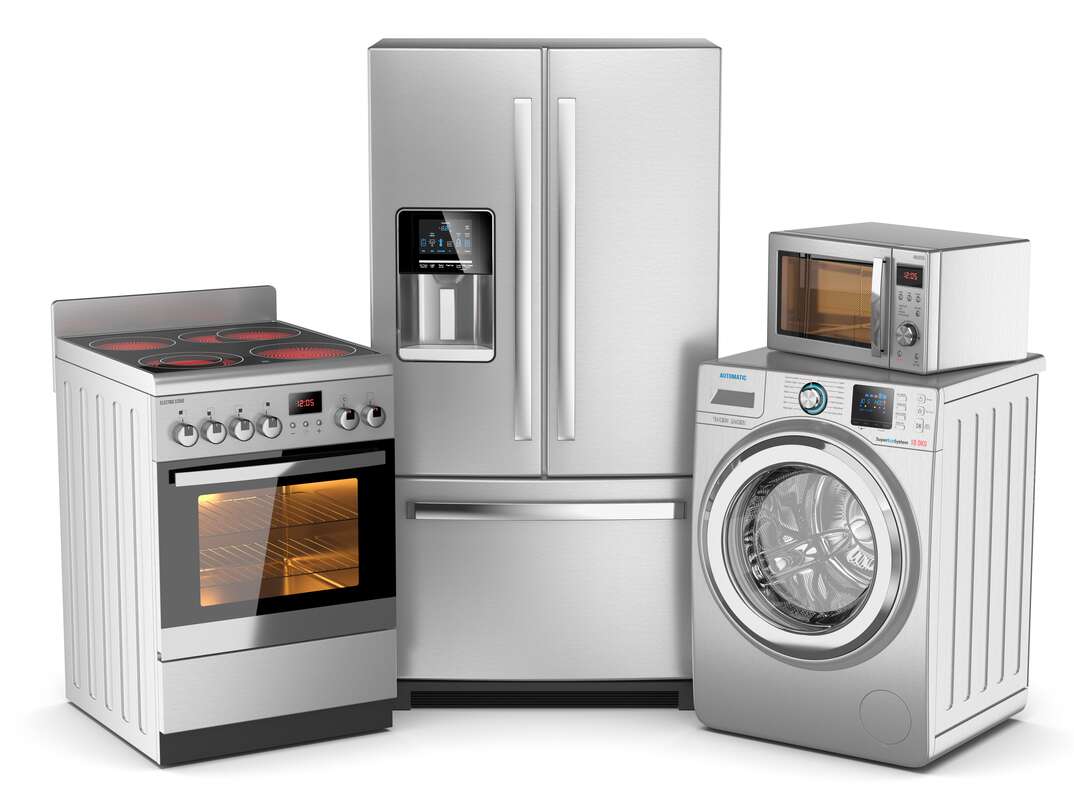Helen is a dear friend of mine. Last week she texted me, telling me her fridge had died. She drove to our Westfield store and picked out a full-sized French door refrigerator, replacing her now defunct side-by-side. At the end I reminded her to double check dimensions. The conversation went something like this:
Me: Helen, don't forget to double check when you get home.
Helen: It's going to be fine. It's the same as my old one.
Me: Not really. Today's fridges are deeper. You need to make sure you have 31 inches width in all your doorways, not just your front door.
Helen: It's fine.
Me: It probably is. But you really want to double check, OK?
Helen: I will, but I know it will fit.
Me: Humor me? Just walk the fridge in, please?
Helen: OK, I will.
The next morning I receive a text:
Helen: Umm, Dave... the fridge is going to be too deep.
I'm not picking on Helen; conversations like this happen every day, and are a vital part of the process of choosing the right refrigerator for your home and kitchen.
But this got me thinking: Kitchens and kitchen appliances have undergone amazing changes over the decades. Advances in energy efficiency, changes in style, and - perhaps most importantly - the metamorphosis of the kitchen from a utility room where meals were prepared to the modern kitchen which often serves as the nucleus and hub of the home.
Here's what a 1950's era kitchen looked like:
Note the elaborate stove, with side by side ovens, and solid burners on top. Also notice the absence of a dishwasher, and the relatively small refrigerator.
Let's move forward in time to the 80's/early 90's:
Now the stove has shrunk to today's standard 30" width. The kitchens now usually had a hood, often very basic as a vent. Over-the-range microwaves, which served as both microwave and exhaust fan, became more the norm, especially in the 90's. Color was white (with a black glass window, if the stove had a window and clock at all.) And we see a dishwasher, a basic water-hogging, too loud to watch TV in the next room, plastic tub model.
Oh, and I love the top-freezer refrigerator with the ice and water dispenser! No, they don't make fridges like that anymore!
When I started selling appliances in the nineties, a kitchen package often consisted of a basic top-freezer refrigerator, a coil top range, a vent hood, and on newer homes a dishwasher. The average kitchen was utilitarian, with a typical appliance package running in the $1500-$2000 range.
On to the 2000's:
Stainless steel becomes the rage. Style becomes more important, as customers show they are willing to pay a premium for a refrigerator that looks more contemporary than the traditional top-freezer models. First side-by-side units with water dispensers (which actually were popular in the 90's in more upscale homes), and then the French door style fridges, became popular. Electric stoves mostly transitioned into the glass-ceramic smooth-tops that are commonplace now. Customers became more willing to spend more for newer styles, or for design aesthetics such as shallower refrigerators or backless ranges (allowing the homeowner to show off new, expensive tiles behind the stove.) "Built-in" appliances, cooktops and wall ovens, became more popular.
(A footnote here: I'm deliberately not going to talk about the type of kitchen I showed at the beginning of this article. These impressive kitchens, with their oversized built-in refrigerators and commercial type ranges grew in popularity during the golden years between the dot-com bubble and savings-and-loan bubble, and are still sold today. In this article, I'm trying to do more of an apple-to-apple comparison of a typical middle-class type kitchen.
Finally, today's typical kitchen:
Sleeker style lines predominate. Stainless steel is the color of choice, but "alternatives" have become available (first with GE"s Slate, then shortly followed by the more popular Black stainless steel.) Dishwashers lost their dials in favor of touch controls, often located on the top of the unit instead of the front thus giving a cleaner, minimalist look. Refrigerators have more options, such as a fourth drawer for quick snacks or windows that let you see inside the unit. And - appliances are becoming more and more connected and smart all the time!
What kitchens will morph into in the next ten to twenty years is a great topic to discuss, but I don't think anyone really has a good idea. It's safe to assume that appliances will continue to become ever more greener and easy to use. Personally, I think we may start to see more than one color in the kitchen, getting away from the color-matched, monochromatic look of the last thirty or so years. But... I'm just guessing!
Lastly, I would like to share one last link with you I found on HomeAdvisor.com. This page has some nice charts showing the changes in appliance style over the last century.



















